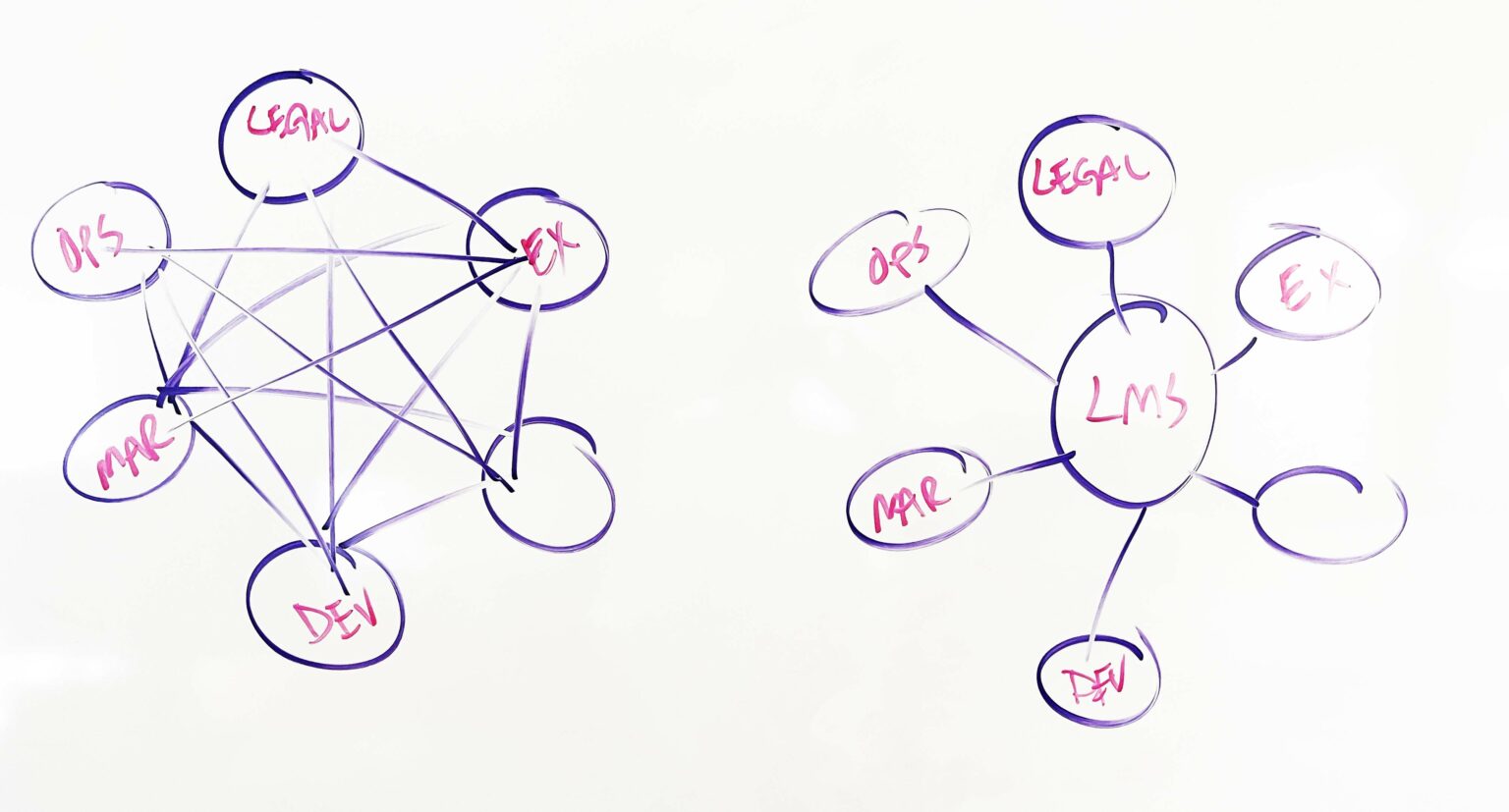
I see it all the time. More often than not, companies mirror their physical organization in their project management process. They'll have stand-ups within a functional team, have individual meetings that cause information silos, improperly attribute work requests and more. However, this organization is missing the essence of Agile-Scrum: cross-functional teams. But if a company's project management process is not organized by function, then how should it be organized?
What is the "center of the universe" that all work is organized by?
In Agile Scrum, the "center of the universe" that all work is organized around is the Product. The Product Backlog is a prioritized list of all the work that needs to be done for the product. It is the single source of requirements for any changes to be made to the product. Take a look at the Product Backlog and its role in Scrum:
Product Backlog
Characteristics:
- Dynamic: The Product Backlog is continuously evolving. It is regularly updated based on new insights, changing requirements, and feedback from stakeholders and team members.
- Prioritized: Items in the Product Backlog are ordered by priority, which is determined by the Product Owner based on business value, stakeholder needs, and feedback.
- Detailed Appropriately: Higher-priority items are more detailed and ready for implementation, while lower-priority items may have less detail.
Role of the Product Backlog in Scrum
- Source of Requirements: All work to be done on the product, including features, enhancements, bug fixes, and technical improvements, is listed in the Product Backlog.
- Guidance for Sprint Planning: During Sprint Planning, the Development Team selects items from the top of the Product Backlog to include in the Sprint Backlog, based on their priority and the team's capacity.
- Facilitates Transparency: The Product Backlog provides a transparent view of the work to be done, allowing all stakeholders to understand the current priorities and future work.
- Adaptability: The Product Backlog allows the team to be flexible and adaptive to changing requirements and feedback, ensuring that the most valuable work is prioritized.
Components of the Product Backlog
- Product Backlog Items (PBIs): These can be user stories, epics, tasks, or bugs. Each PBI should have a description, priority, estimate, and acceptance criteria.
- User Stories: User-centric descriptions of features or functionality that provide value to the end user.
- Epics: Large, high-level user stories that can be broken down into smaller, more manageable PBIs.
- Tasks: Specific pieces of work that need to be completed to achieve the goals of a user story or epic.
- Bugs: Defects or issues that need to be fixed to ensure the product works as expected.
Product Backlog Management
Product Owner's Role: The Product Owner is responsible for managing the Product Backlog. This includes prioritizing items, adding new items, refining existing items, and ensuring the backlog is visible and understood by all team members and stakeholders.
Backlog Refinement: Regular sessions where the Product Owner and Development Team review and update the Product Backlog. This process involves breaking down large items, estimating effort, and adding detail to ensure items are ready for future sprints.
Stakeholder Collaboration: The Product Backlog facilitates communication between the Scrum Team and stakeholders, allowing for feedback and adjustments based on stakeholder input.
How many product backlogs should a product have?
In Agile Scrum, each product should have exactly one Product Backlog. This single backlog serves as the comprehensive, prioritized list of everything that is needed for the product, encompassing features, enhancements, bug fixes, technical work, and knowledge acquisition. Here’s why having a single Product Backlog is essential:
Reasons for a Single Product Backlog
- Unified Prioritization:
- Ensures that the most valuable and important work is prioritized appropriately.
- Avoids conflicts and confusion that can arise from having multiple, potentially conflicting sources of work.
- Transparency:
- Provides a single source of truth that is visible and accessible to all team members and stakeholders.
- Facilitates better communication and understanding of what is being worked on and what is planned.
- Focused Accountability:
- The Product Owner is responsible for maintaining and prioritizing one Product Backlog, ensuring clarity in decision-making.
- Avoids dilution of responsibility that can happen if multiple backlogs exist.
- Efficient Planning:
- Simplifies sprint planning by providing a clear, prioritized list of items for the team to pull from.
- Helps in managing dependencies and ensuring a coherent flow of work.
- Consistent Refinement:
- Makes backlog refinement sessions more straightforward and focused.
- Ensures all team members are aligned and understand the overall product goals and priorities.
Special Cases and Misconceptions
- Multiple Teams: Even if multiple Scrum teams are working on the same product, there should still be one Product Backlog. Teams can pull items from the same backlog during sprint planning and work in parallel.
- Multiple Products: If an organization is working on multiple distinct products, each product should have its own separate Product Backlog.
- Scaling Frameworks: In scaling frameworks like SAFe (Scaled Agile Framework) or LeSS (Large-Scale Scrum), while there might be multiple teams, they still work from a single Product Backlog per product to maintain coherence and alignment.
